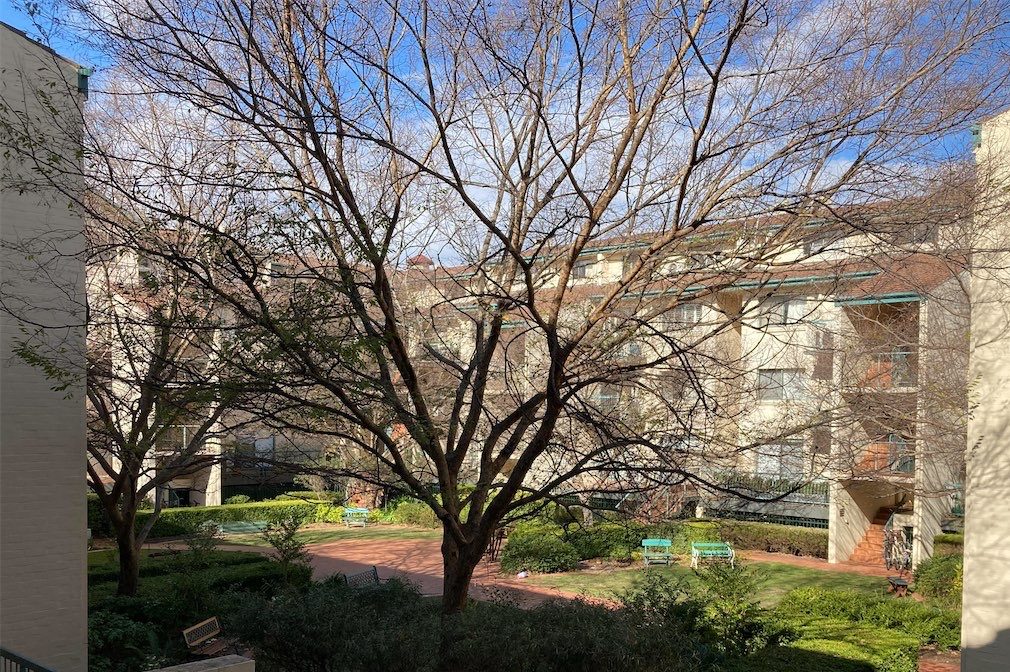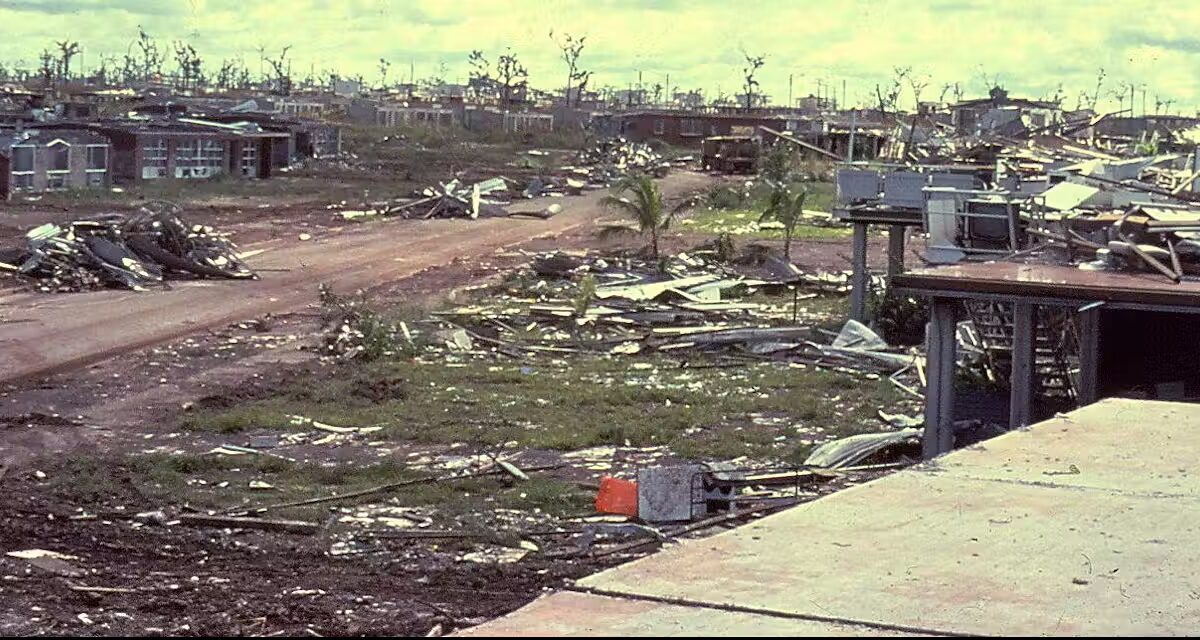
“There’s a clear need for more diverse, human-scale and climate-sensitive new low-to-medium density housing. This won’t happen, and certainly will not provide affordable housing, without government intervention,” says RICHARD JOHNSTON.
WE’RE hearing a lot about the “missing middle” in the current housing debate, but it’s time for some objective analysis and discussion.

In recent times the only forms of significant residential redevelopment that seem to be happening (or about to happen), at least in the inner south of Canberra, are:
- Medium to high-density on “brownfields” sites, such as former public housing estates, Yarralumla Brickworks, CSIRO land and the remainder of Kingston Foreshore, which themselves should yield several thousand new dwellings.
- “Knock-down rebuilds” on single blocks, either as new single houses or some “dual occs” in RZ1, sometimes with additional dwellings in RZ2 zones, inevitably resulting in reduced tree cover and little overall increase in numbers of dwellings.
There is a clear need for more diverse, human-scale and climate-sensitive new low-to-medium density housing (ie, the “missing middle”). But this won’t happen, and certainly will not provide affordable housing, without government intervention through much stronger, precinct-scale planning, appropriate development controls and increased investment in public housing.
Canberra can do better, and in fact it did, from the late ’70s when the National Capital Development Commission (NCDC) initiated its “Guidelines for Redevelopment of Kingston/Griffith”. The first of these is “Amalgamation Guidelines”, generally requiring redevelopment sites of at least 0.4 hectares, with “plot ratio” incentives for larger site amalgamations. There were also substantial requirements for on-site open space. Virtually the whole of “old” Kingston was redeveloped in the ’80s-’90s under these guidelines.
The fairly typical development pictured has a 0.7 hectare site (seven to eight former single-house blocks), providing 87 apartments in three to four storeys over basement car parking and very generous internal communal open space with large trees in deep soil.
Regrettably, later redevelopments were on smaller sites, with greater site coverage and reduced communal open space. Some of the early projects in the Kingston Foreshore reversed this trend for a while, but more recent developments are typically on smaller sites at much higher densities, with no communal open space (apart from on rooftops) and no space for large-scale tree planting.
There is some new two-storey town-house style redevelopment occurring in the inner north, beyond Northbourne Avenue, extending to the east and west. These areas are zoned RZ3 and are subject to the Inner North Precinct Code, which requires block consolidation in some circumstances. Unfortunately, most of the new developments are still on single or double blocks, limiting potential outcomes.
To be really effective, this sort of planning approach requires block consolidation (like the old NCDC guidelines referred to above) to encourage higher yields, greater diversity in new housing and much more generous communal open space and canopy cover.
A recent book – “Greening the Greyfields – New Models for Regenerating the Middle Suburbs of Low-Density Cities” (Palgrave, 2022, Open Access) by professors Peter W Newton and Peter WG Newman and others, contains good analysis and examples from other Australian jurisdictions who are all grappling with the same problems.
The authors talk about recent “Planning Failure”. They say: “Cities must reduce their urban sprawl, as not only is this kind of urban development ecologically damaging, it is the most seriously underprovided in social facilities and employment.
“Metropolitan compact-city strategies in major Australian cities set infill targets to increase urban density, but they fall short of describing models to deliver on these targets.“
Redevelopment guidelines “are all set up for small-lot subdivision. Greyfields are not attracting the desired level of medium-density housing redevelopment (the ‘missing middle’), and the proportion of medium-density housing remains a relatively fixed proportion of the housing stock across the major capitals.
“Collectively, poor-quality infill development, perceptions of developer greed and overdevelopment, loss of green space, and erosion of suburban qualities stigmatise infill development, strengthening community resistance in the form of NIMBYism. It is not hard to feel sympathy for such NIMBY reactions, as there is no opportunity to see different kinds of precinct-scale development.”
The planning principles set out in this book can be summarised as:
- Halting car-dependent urban sprawl through strategic plans promoting the growth and regeneration of “20-minute neighbourhoods”
- Replacing the present redevelopment method that encourages small-lot subdivision or one-for-one redevelopment, and that is no longer functional
- Ameliorating local climate-change impacts with nature based solutions involving redesign, greening, and reactivation of local streetscapes and residential precincts.
It is critical for the success of such initiatives (as Newton, Newman et al note) that the community sees significant advantages and environmental benefits in the redevelopment of appropriate residential areas and is happy to move from being NIMBYs to YIMBYs.
Richard Johnston, a former architect and town planner, is the president of the Kingston and Barton Residents Group.
Who can be trusted?
In a world of spin and confusion, there’s never been a more important time to support independent journalism in Canberra.
If you trust our work online and want to enforce the power of independent voices, I invite you to make a small contribution.
Every dollar of support is invested back into our journalism to help keep citynews.com.au strong and free.
Thank you,
Ian Meikle, editor





Leave a Reply